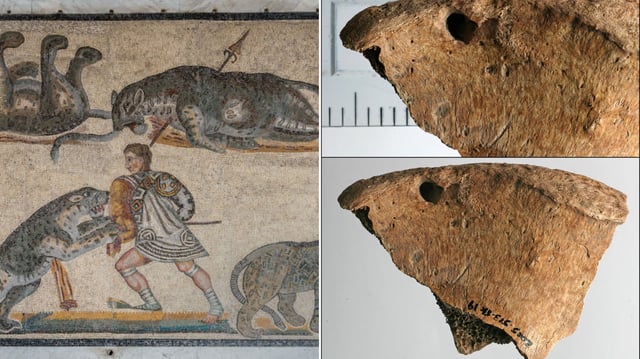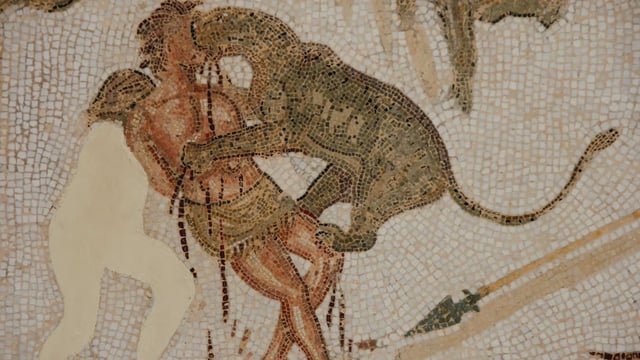Overview
- A study published in PLOS One identifies circular pelvic lesions on a 3rd-century skeleton in York as lion bite marks, marking the first physical evidence of gladiator-animal combat.
- Researchers used 3D scans and modern big-cat bite comparisons to attribute the injuries to a lion, supporting ancient accounts of such spectacles.
- The skeleton, designated 6DT19, was found in a gladiator cemetery, indicating the individual was likely a fighter or condemned prisoner in Roman Britain.
- The absence of an amphitheater in York raises questions about where such events occurred, though the cemetery suggests gladiatorial practices in the region.
- Some experts challenge the lion-bite conclusion, proposing alternative explanations like wolf attacks, highlighting ongoing scholarly debate.


